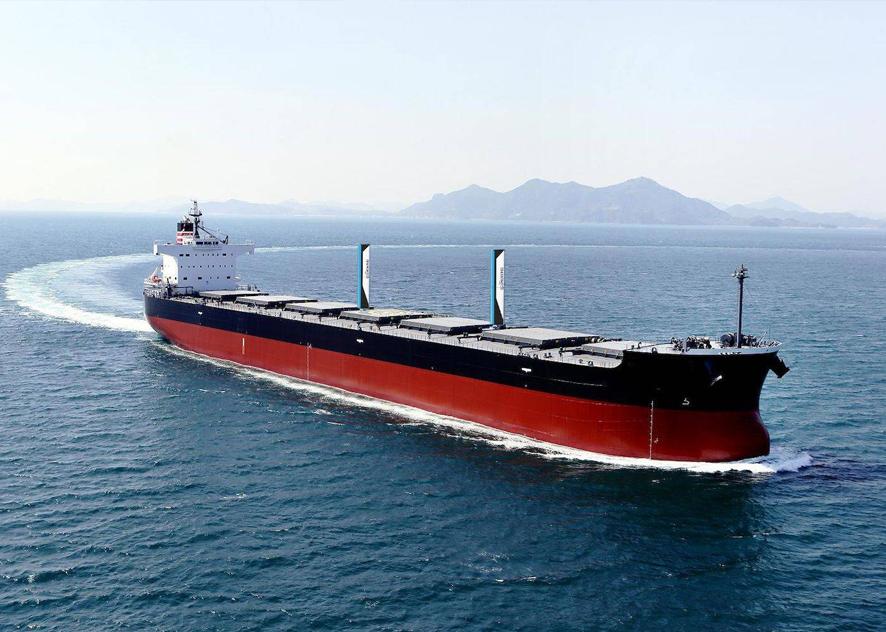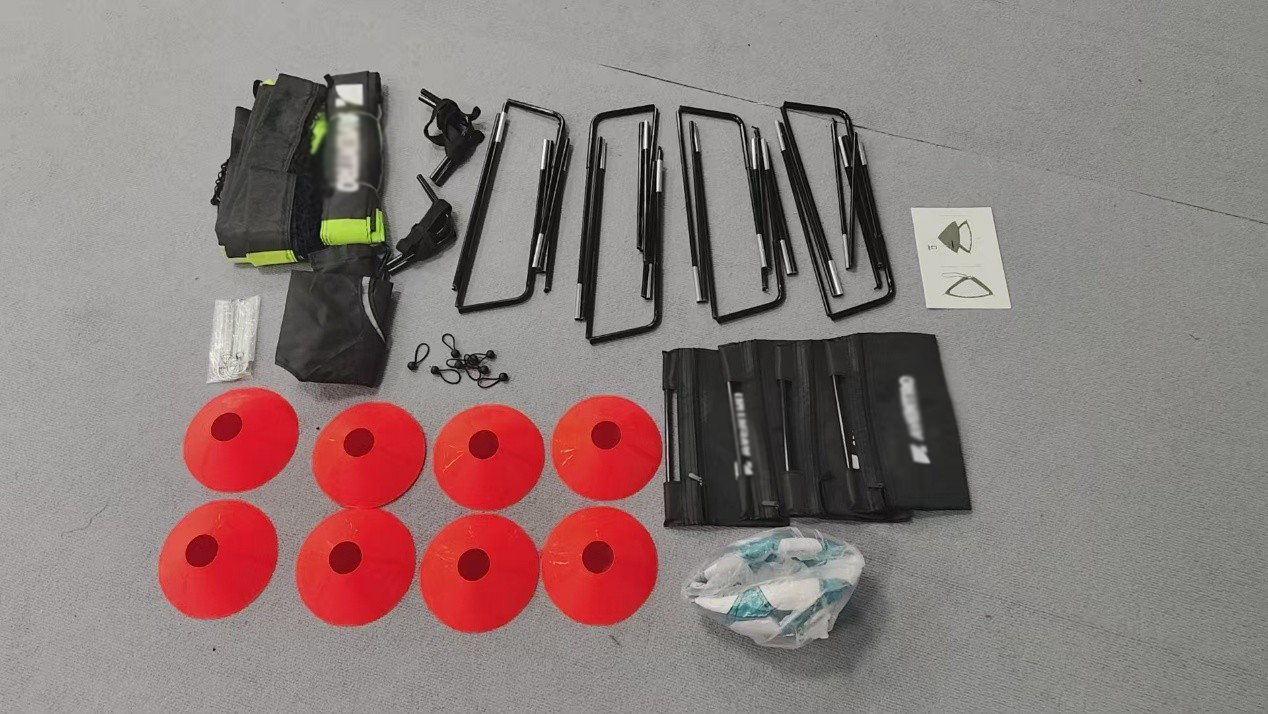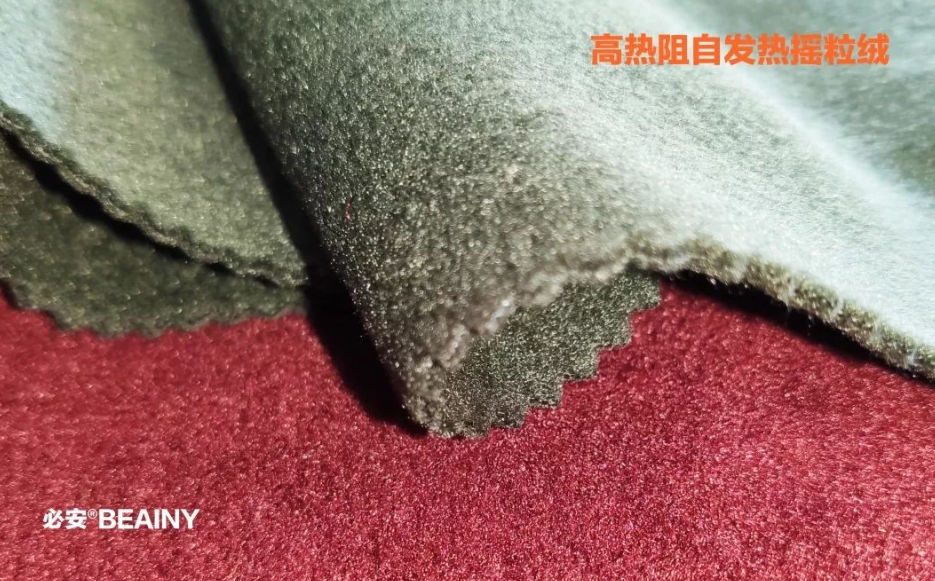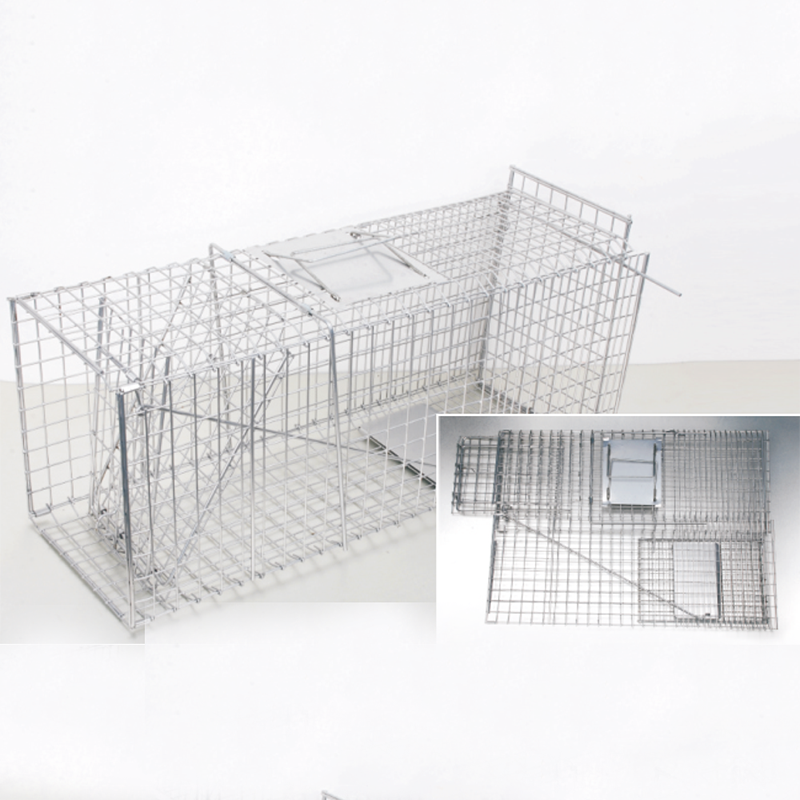With the development of science and technology, electric heat tracing technology has gradually been widely used in the shipbuilding field. Since ships need to face harsh environments such as low temperature, seawater erosion, and sea ice when transporting at sea, electric heating systems are crucial to the safety and normal operation of ships. The following introduces the application and characteristics of electric heating in the field of anti-freeze insulation in ships.

Electric heating is a new technology that uses electrical energy to convert into heat energy to prevent freezing and insulate pipes, equipment, etc. In the field of ships, electric heat tracing is mainly used in the following aspects:
1. Antifreeze and thermal insulation of ship pipelines
When a ship is in a low-temperature environment, the pipelines are easily blocked by ice, affecting the normal operation of the ship. Electric heating can effectively solve this problem. By insulating the pipeline, it can avoid freezing of the pipeline and ensure the normal operation of the ship.
2. Antifreeze and thermal insulation of ship equipment
Some equipment on ships, such as instruments, valves, etc., need to maintain normal operation in low-temperature environments. Electric heating can provide a stable heat source, ensure the normal operation of the equipment, and improve the safety of the ship.
3. Antifreeze and heat preservation of ship water supply and drainage system
The ship's water supply and drainage system is prone to freezing in low-temperature environments, affecting the crew's daily life. Electric heat tracing can provide a stable heat source for the water supply and drainage system, prevent the system from freezing, and ensure the normal life of the crew.
The application of electric heat tracing in the marine field has the following characteristics:
Energy saving and environmental protection. Electric heating technology uses electric energy to convert into thermal energy. Compared with traditional steam heating, it has higher energy utilization efficiency. At the same time, it does not produce any waste gas, waste water and other pollutants, and is more environmentally friendly.
Safe and reliable. The electric heating system has a simple structure and is easy to maintain. At the same time, because it adopts automated control, it can effectively avoid safety accidents caused by human operating errors. In addition, the electric heating system has high reliability and can operate stably under harsh environmental conditions.
Adaptable. Electric heating systems can adapt to various harsh environmental conditions, such as high temperature, low temperature, corrosion, etc. At the same time, due to its modular design, it can be easily expanded and reduced to adapt to different application scenarios.
Precise control. The electric heating system adopts automatic control technology, which can accurately control the heating temperature and heating time to meet different application needs. At the same time, due to its intelligent control system, it can effectively achieve energy-saving control and safety protection.
The application of electric heating technology in anti-freeze and heat preservation in the field of ships has broad prospects and important significance. Its characteristics of energy saving, environmental protection, safety and reliability, strong adaptability and precise control make electric heat tracing an ideal choice for anti-freeze and heat preservation in the ship field.

 English
English Español
Español Português
Português русский
русский français
français 日本語
日本語 Deutsch
Deutsch Tiếng Việt
Tiếng Việt Italiano
Italiano Nederlands
Nederlands ไทย
ไทย Polski
Polski 한국어
한국어 Svenska
Svenska magyar
magyar Malay
Malay বাংলা
বাংলা Dansk
Dansk Suomi
Suomi हिन्दी
हिन्दी Pilipino
Pilipino Türk
Türk Gaeilge
Gaeilge عربى
عربى Indonesia
Indonesia norsk
norsk اردو
اردو čeština
čeština Ελληνικά
Ελληνικά Українська
Українська Javanese
Javanese فارسی
فارسی தமிழ்
தமிழ் తెలుగు
తెలుగు नेपाली
नेपाली Burmese
Burmese български
български ລາວ
ລາວ Latine
Latine Қазақ
Қазақ Euskal
Euskal Azərbaycan
Azərbaycan slovenský
slovenský Македонски
Македонски Lietuvos
Lietuvos Eesti Keel
Eesti Keel Română
Română Slovenski
Slovenski मराठी
मराठी Српски
Српски 简体中文
简体中文 Esperanto
Esperanto Afrikaans
Afrikaans Català
Català עִברִית
עִברִית Cymraeg
Cymraeg Galego
Galego 繁体中文
繁体中文 Latvietis
Latvietis icelandic
icelandic יידיש
יידיש Беларус
Беларус Hrvatski
Hrvatski Kreyòl ayisyen
Kreyòl ayisyen Shqiptar
Shqiptar Malti
Malti lugha ya Kiswahili
lugha ya Kiswahili አማርኛ
አማርኛ Bosanski
Bosanski Frysk
Frysk ជនជាតិខ្មែរ
ជនជាតិខ្មែរ ქართული
ქართული ગુજરાતી
ગુજરાતી Hausa
Hausa Кыргыз тили
Кыргыз тили ಕನ್ನಡ
ಕನ್ನಡ Corsa
Corsa Kurdî
Kurdî മലയാളം
മലയാളം Maori
Maori Монгол хэл
Монгол хэл Hmong
Hmong IsiXhosa
IsiXhosa Zulu
Zulu Punjabi
Punjabi پښتو
پښتو Chichewa
Chichewa Samoa
Samoa Sesotho
Sesotho සිංහල
සිංහල Gàidhlig
Gàidhlig Cebuano
Cebuano Somali
Somali Точик
Точик O'zbek
O'zbek Hawaiian
Hawaiian سنڌي
سنڌي Shinra
Shinra հայերեն
հայերեն Igbo
Igbo Sundanese
Sundanese Lëtzebuergesch
Lëtzebuergesch Malagasy
Malagasy Yoruba
Yoruba









